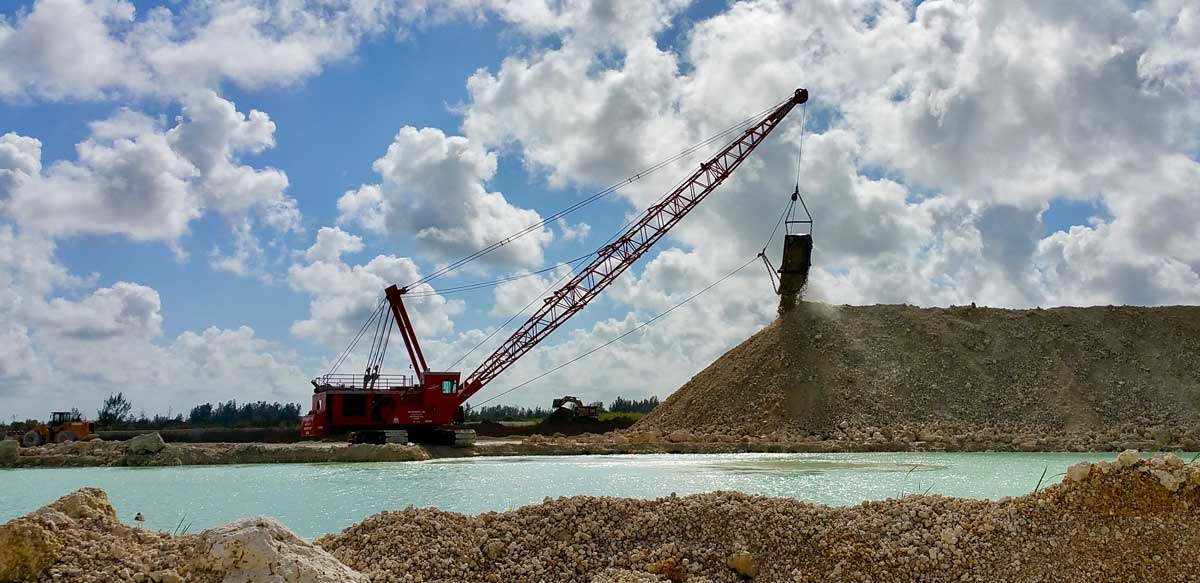Your reserves appraisal is wrong (Part 1)

Some years ago, we worked with a small aggregates producer struggling to recover from the carnage of the Great Recession. With a few tweaks to the quarry’s equipment, mine plan, permits, and management, the operation quickly became cash-flow positive. But it would still be many, many years before the investment to acquire the reserves and develop the quarry would be recovered. The producer had simply paid too much for the reserves—way too much.
But the initial reserves acquisition was supported by an appraisal completed by a well-credentialed firm. The appraisal relied on multiple approaches, including a projection of the quarry’s future cash flows (the Income Approach), as well as an analysis of recent transactions involving reserves (the Sales Comparison Approach). Both approaches suggested the asking price represented market value.
Yet in hindsight, it was apparent both the asking price and appraised value were high, by as much as an order of magnitude. So how did the appraisal arrive at a conclusion of value that was so far off?
The answer reveals the inherent deficiencies of the valuation process, in which circular logic frequently allows minor errors to be compounded, cemented as fact, and amplified, often without the benefit of context. Consider the events that preceded this small producer’s errant acquisition of reserves:
- Comp One – One year earlier, a major aggregates producer acquired reserves adjacent to its active but rapidly depleting pit, paying a “desperation” premium for high-quality, immediately mineable tons, requiring minimal stripping; the acquisition opened up not only the reserves within the acquired parcel but also the tons inside the setbacks that had previously constrained mining.
- Comp Two – A few months later, a large greenfield reserve in a nearby county was offered for sale; this lower quality reserve required significant land development, the construction of a plant, and the establishment of a market; but the asking price and the buyer’s subsequent appraisal both tent-poled around Comp One, with neither applying any of the context that drove that elevated valuation.
- Comps Three and Four – This process repeated itself twice more, with each deal subsequently referenced by landowners and appraisers alike. These four comps were ultimately referenced to justify the over-priced deal that our small producer completed.
The Income Approach, in theory, is supposed to expose these kinds of inexplicable comps, relying on projections specific to the subject quarry, capturing the production and sales volumes, pricing dynamics, and cost profile that the quarry could reasonably expect to achieve. Erroneously high comps would stand out as unsupportable, based on the projected performance of the subject quarry. But these checks and balances didn’t work as intended in the above cases, and the projections developed for some of these transactions were astonishingly high.
Thus, one expensive acquisition that made sense for a single producer in dire need of additional reserves became the justification for four more expensive acquisitions with no such extenuating circumstances.
We’ve already discussed the struggles of one small producer that became ensnared in this web of suspect appraisals, but what happened to the other groups that bought reserves? Each of those transactions eventually resulted in a bankruptcy or foreclosure. Every. Single. One.
In future installments of this series, we’ll address the underlying causes of these errant valuations, the warning signs that buyers can look for, and what can be done to address this persistent problem. Until then, groups on the hunt for reserves would be wise to follow one enduring principle….caveat emptor.
About the author:
 Gregory Dayko is founder of Inlet Capital Group and is responsible for its M&A and strategy consulting practices. He can be reached at gdayko@inletcapitalgroup.com or 561-529-5569.
Gregory Dayko is founder of Inlet Capital Group and is responsible for its M&A and strategy consulting practices. He can be reached at gdayko@inletcapitalgroup.com or 561-529-5569.
